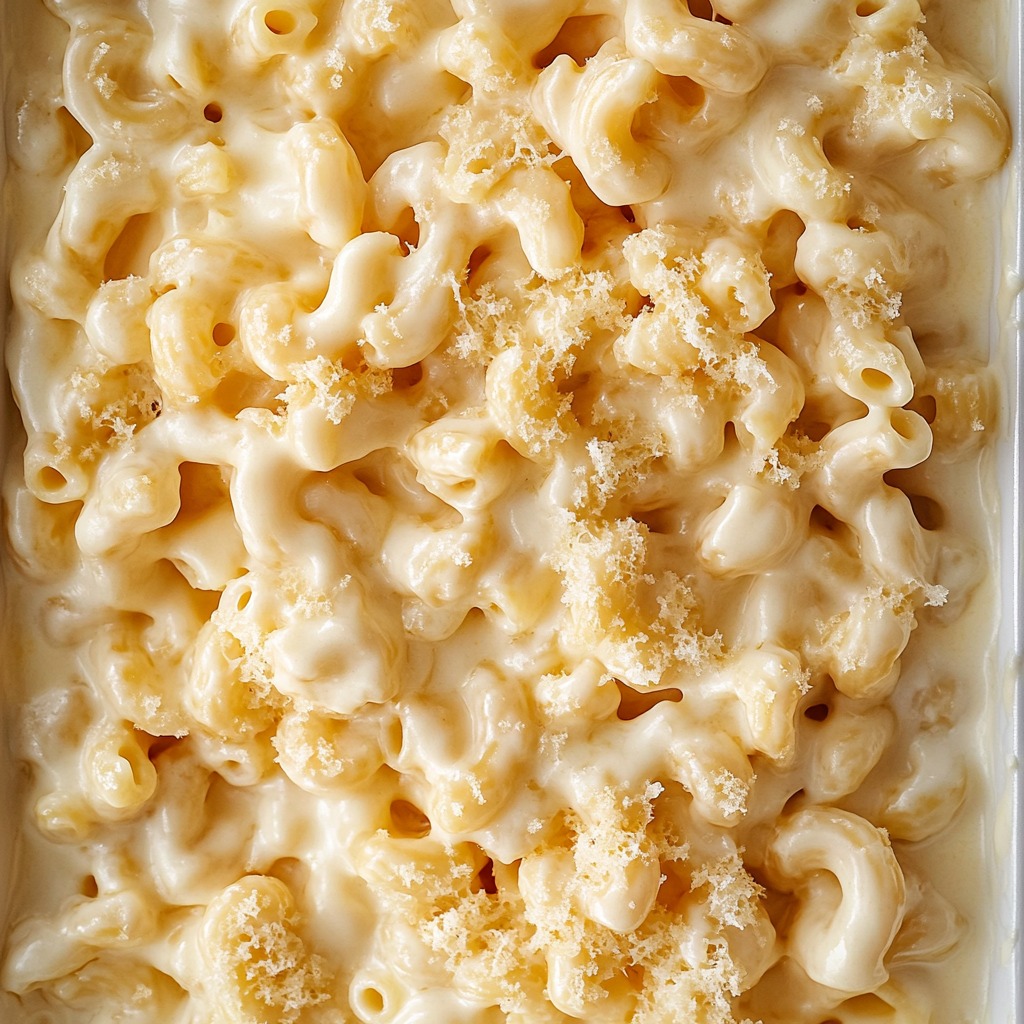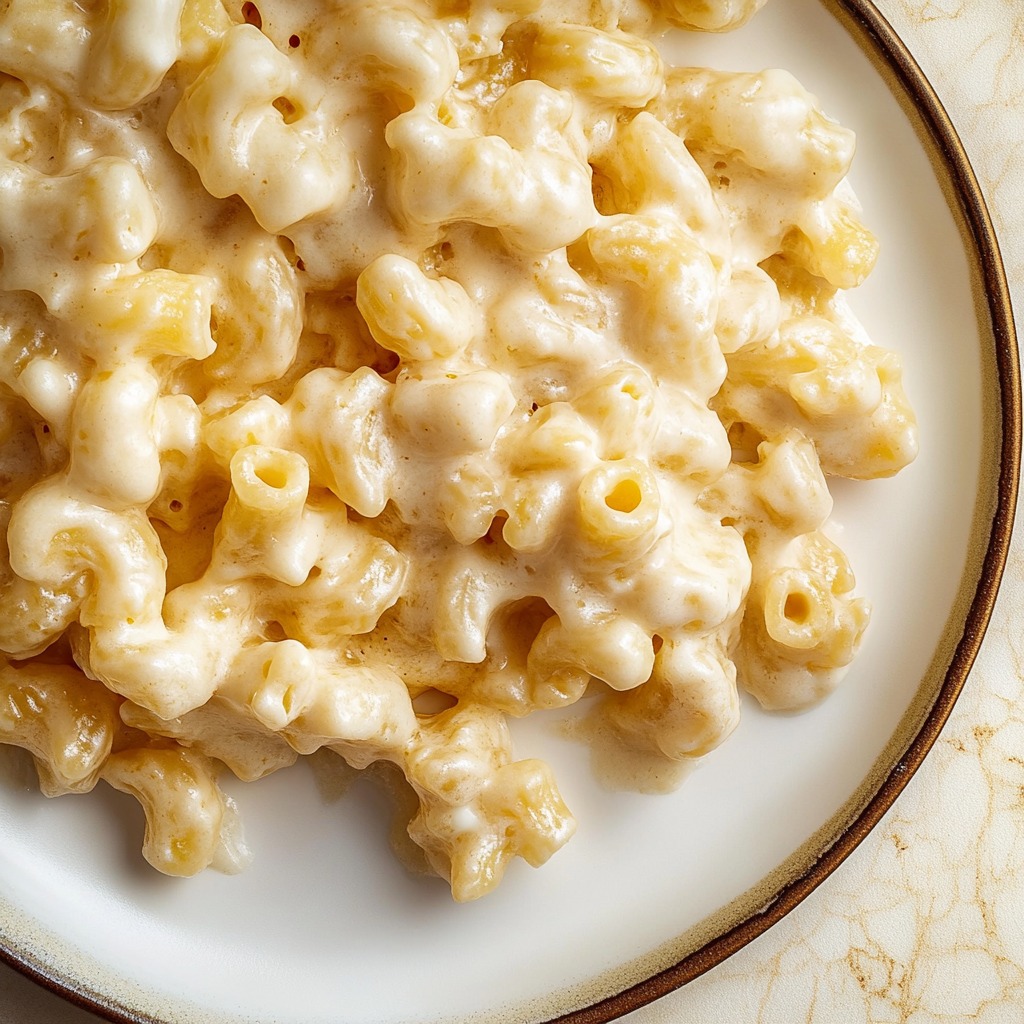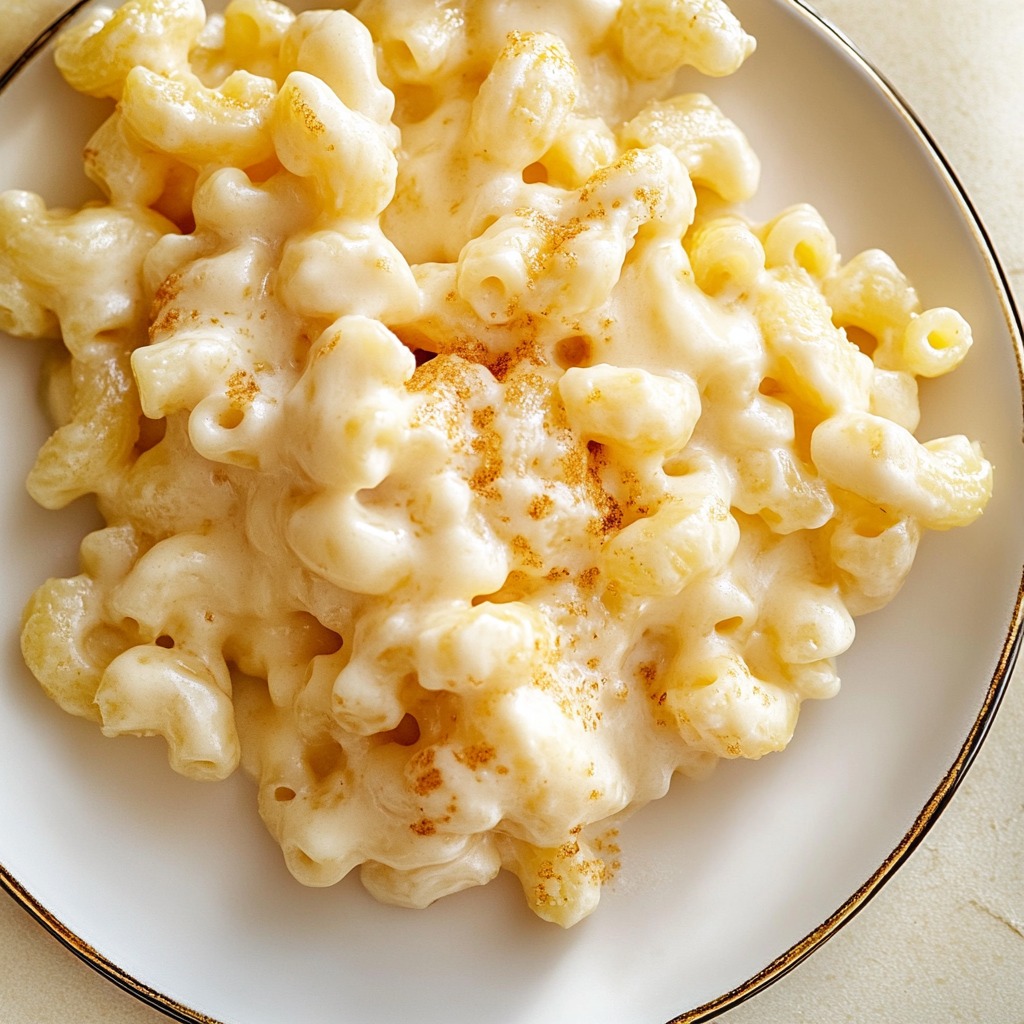 Pin it
Pin it
Velvety, smooth, and downright decadent - this Boursin Mac and Cheese takes your everyday comfort meal to spectacular levels. The herby Boursin cheese transforms into a velvety sauce that wraps around each pasta piece, making a fancy yet homey dish. After trying tons of cheese combos, I've discovered that Boursin's special herb and garlic mix hits all the right flavor notes.
When I made this for our family gathering last week, my cheese-obsessed uncle called it the "greatest mac and cheese in history." The trick? Taking time to let the Boursin slowly melt into the sauce, which gives you that incredibly smooth, lump-free texture.
Essential Ingredients
- Boursin cheese: The main player here. The Garlic & Herb type works wonders, though any kind will do the job
- Pasta shapes: I like using medium shells or cavatappi since they trap the sauce inside
- Heavy cream: Gives that incredibly rich, smooth feel. Don't try using lighter stuff
- Sharp cheddar: Brings a nice kick and depth that works great with the Boursin
- Fresh garlic: Boosts the garlic flavors already in the Boursin for extra taste
Step-by-Step Cooking Guide
- Cook the Pasta:
- Fill pot with very salty water and bring to boil. Cook pasta one minute under package time. Save 1 cup of the pasta water before draining. Skip rinsing - the starchiness helps the sauce stick better.
- Begin the Sauce:
- Put butter in a big pot over medium heat until melted. Toss in chopped garlic, cook until it smells good. Mix in flour to create a roux. Let it cook 1-2 minutes so the flour taste goes away.
- Create the Sauce:
- Slowly pour in warm milk and cream while whisking. Keep stirring to avoid lumps. Let it bubble gently until it thickens a bit. Add salt and pepper to taste.
- Mix in Cheese:
- Take pot off the heat. Drop in small chunks of Boursin, stir until they disappear. Add cheddar bit by bit. Keep mixing until totally smooth.
- Put It All Together:
- Dump cooked pasta into the sauce. Fold gently until every piece gets coated. Add some pasta water if it's too thick. Let it sit for 5 minutes before you dig in.
 Pin it
Pin it
Watch Your Heat
Getting the temperature right makes all the difference for a silky sauce. I always take the pot off the heat before adding cheese - this stops the sauce from splitting or getting gritty. If your sauce ever looks funny, just add a splash of warm milk and stir it gently to fix it.
Choose Your Pasta Wisely
Any pasta works fine, but ones with grooves or twists grab the sauce better. From my experience, medium shells or cavatappi make little pockets that fill with cheesy goodness in each bite.
Prep It Early
You can make this up to two days ahead of time. When you want to heat it up, just add a bit of milk or cream and warm it slowly over low heat, giving it a stir now and then.
What To Serve With It
We usually pair this with a fresh green salad or some roasted broccoli to cut through the richness. For fancy dinners, I sprinkle buttery breadcrumbs on top and stick it under the broiler for a minute until golden.
Keeping Leftovers Fresh
Extra portions stay good in a sealed container for about 3 days. The sauce will get thicker in the fridge - that's totally normal and easy to fix when you warm it up.
 Pin it
Pin it
This Boursin mac and cheese has turned into our family's top comfort food pick. It's perfect for casual Tuesday dinners or as a holiday side, and always gets everyone smiling. The mix of creamy Boursin, tangy cheddar, and just-right pasta makes something truly special that turns basic mac and cheese into something you'll remember long after eating.
Frequently Asked Questions
- → Why should you grate cheese fresh?
- Store-bought shredded cheese has fillers that stop it from melting well.
- → What pasta shape works best?
- Pick a small shape that holds onto sauce, like shells or elbows.
- → Which Boursin flavor is ideal?
- Garlic and herb is classic, but other flavors can work.
- → Is this dish good for meal prep?
- Tastes best fresh, but reheats well with a splash of milk.
- → What’s the best way to store leftovers?
- Chill in the fridge for up to 3 days, adding milk when reheating.
